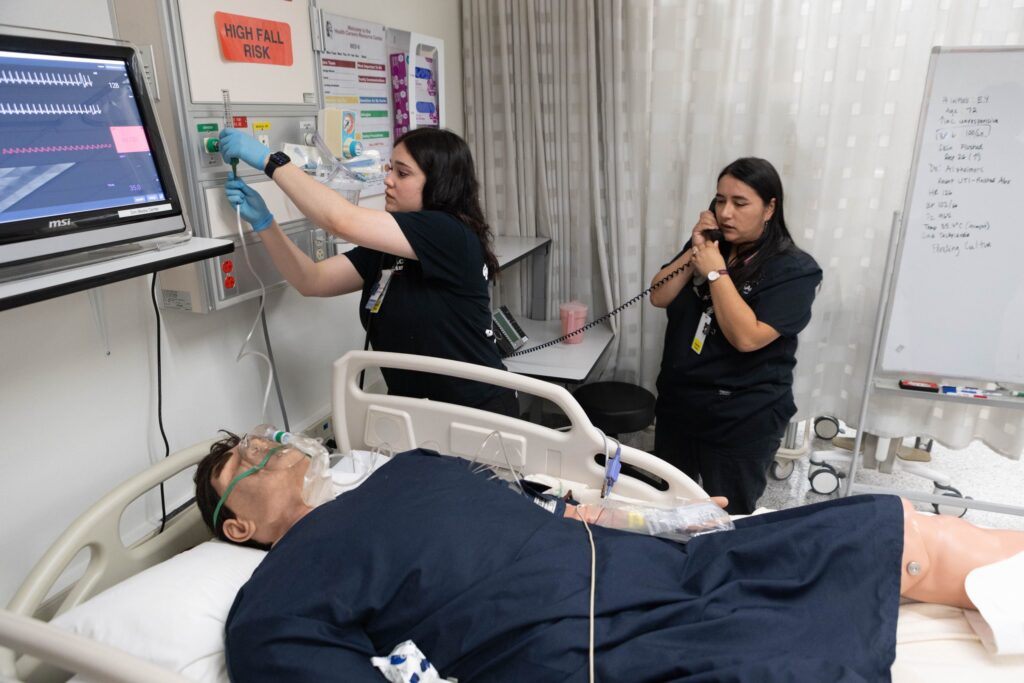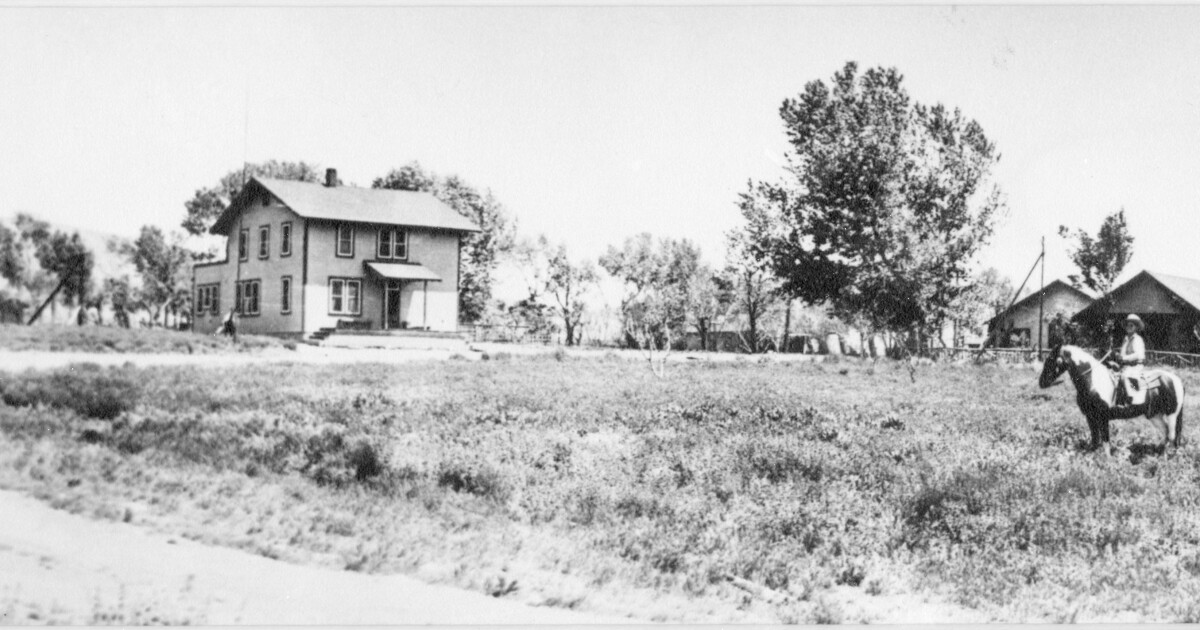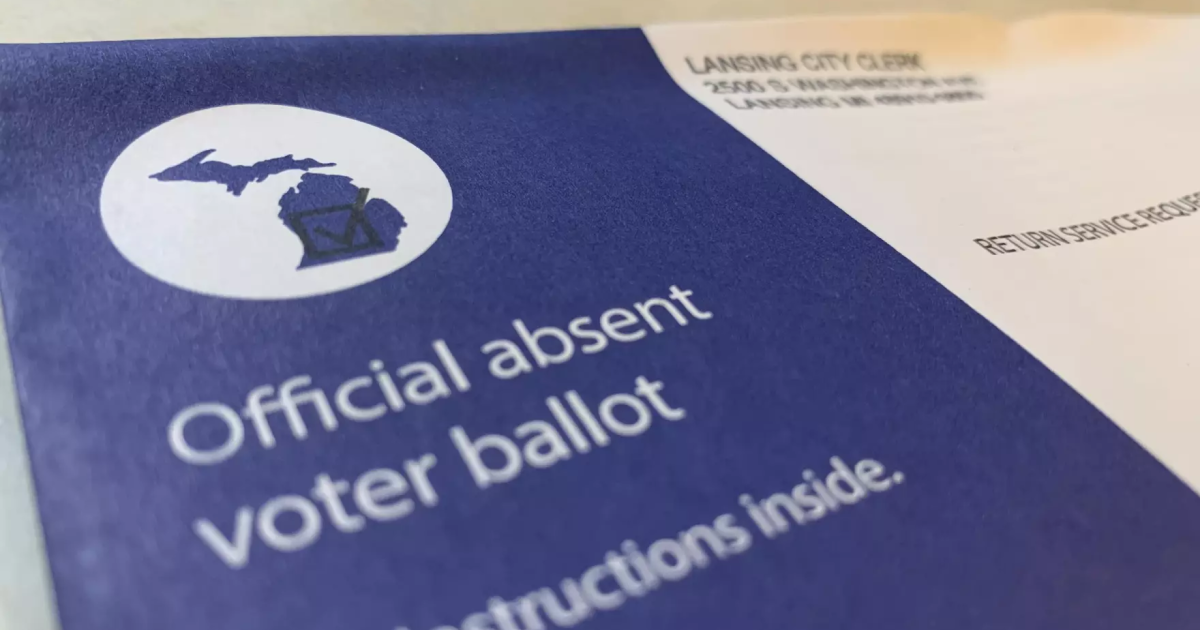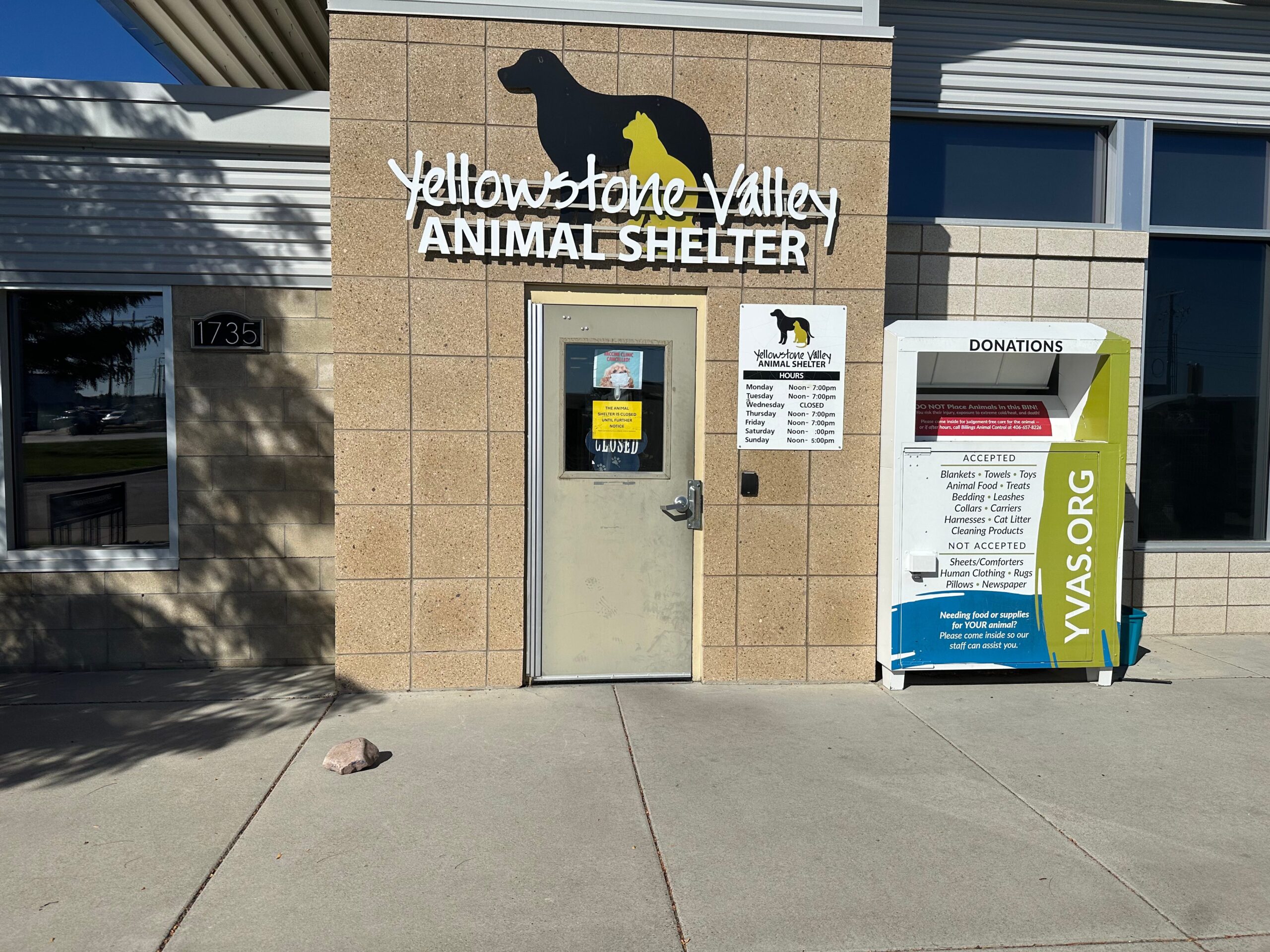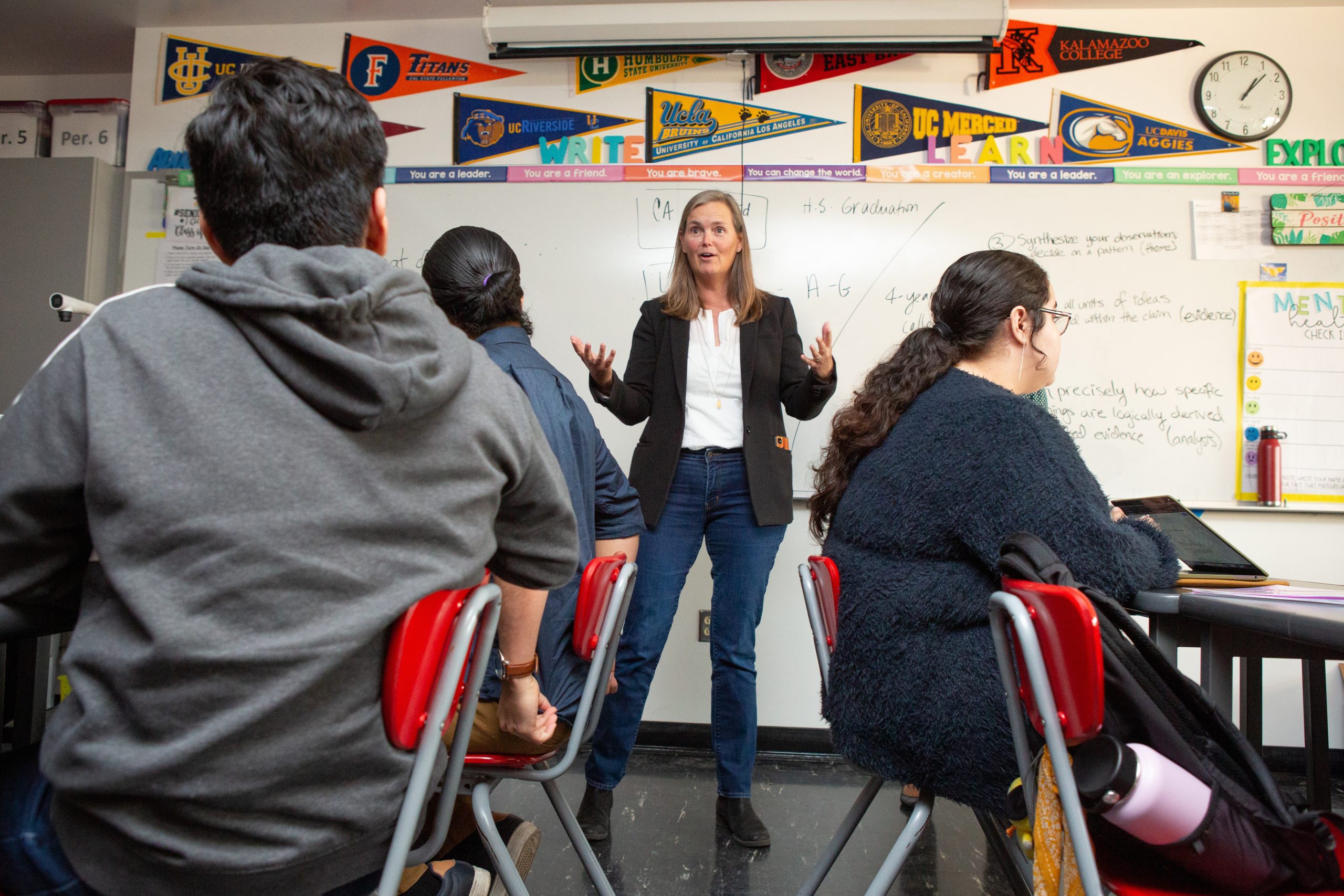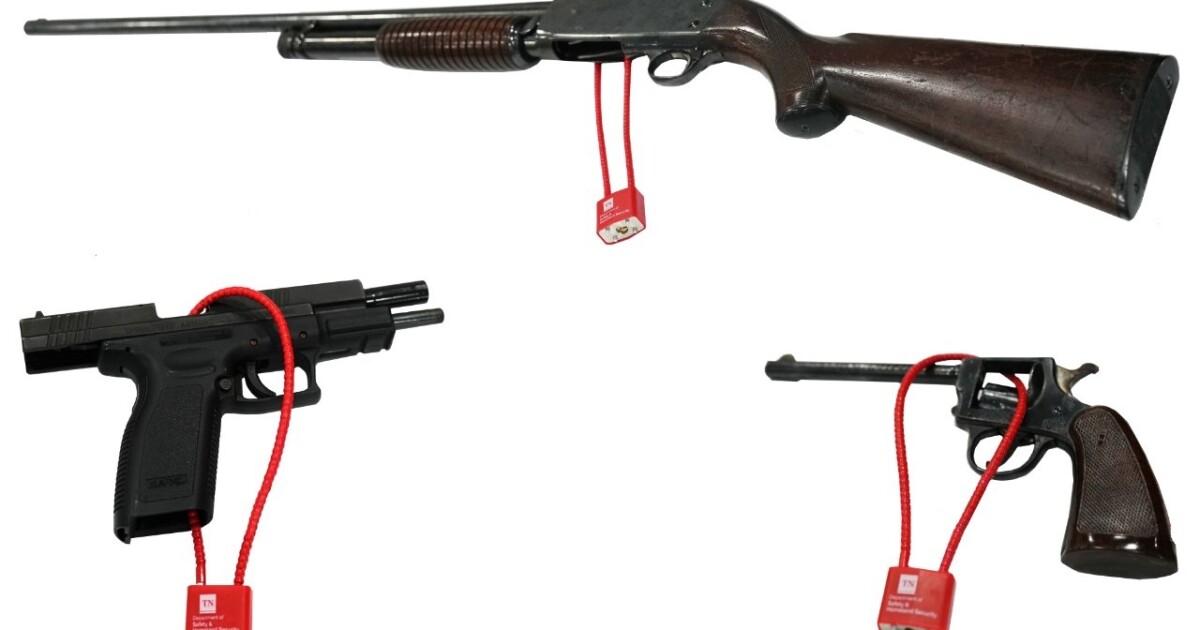LOS ANGELES — Oscar Mateo always aspired to be an artist until a leukemia diagnosis at 20 redirected his ambitions. Inspired by the compassionate care he received, Mateo aimed to provide similar care to others. This decision led him to pursue a registered nursing program at Mt. San Antonio College in Walnut, Los Angeles County.
Entering the nursing field is challenging due to high competition and limited seats. Mateo faced rejection three times before securing a spot, enhancing his resume with a nursing assistant certification and gaining work experience. “It’s so competitive and stressful,” said Mateo, now 30. “It definitely takes a toll on yourself.”
The U.S. nursing landscape faces a paradox: a critical shortage of nurses contrasts with the overwhelming demand for nursing education. Schools struggle to meet demand due to insufficient faculty and limited clinical training opportunities. California is heavily affected, prompting audits and legislative funding efforts. Some schools advocate using technology like high-tech mannequins for training, while others disagree.
“The demand is so high but there just aren’t enough seats,” said Paul Creason, dean at Long Beach City College. “It’s crucial to supply the workforce to meet the need, but obstacles will impact health care cost and quality.”
In 2022-23, only about one-third of 57,987 qualified nursing school applicants in California were accepted, as reported by the state Board of Registered Nursing. Nationwide, nearly 66,000 qualified applications for bachelor’s and graduate nursing programs were rejected, according to the American Association of Colleges of Nursing.
California projects a significant nurse shortage, expected to expand from 40,790 this year to 61,490 by 2035, according to the U.S. Department of Health and Human Services. Shortages affect both registered nurses and licensed vocational nurses, who require different training lengths.
Clinical training, a vital nursing education component, is highly contested. “You have to have these spots or your program is dead in the water,” Creason emphasized. California law mandates a minimum 500 hours of direct patient care for nursing students to graduate and take the licensing exam. This requirement makes competition for clinical placements intense, as hospitals reduce training opportunities due to staff overload. More than half of the state’s nursing programs faced clinical placement rejections in 2022-23, per the state nursing board.
Public and private nursing schools clash over clinical spots and resources. Some colleges pay for placements, leading to a 2023 state law banning such practices. However, enforcement is challenging, leaving questions about permissible donations and tuition assistance.
To alleviate the shortage, state initiatives include financial support for public nursing programs and laws requiring health facilities to collaborate with community colleges and CSU campuses for clinical placements. A five-year, $60 million grant program aims to expand nursing programs.
Despite these efforts, private institutions feel disadvantaged. Samuel Merritt University, a private nonprofit, faced opposition from public schools when seeking to increase its nursing program seats but succeeded after securing clinical placements outside Sacramento.
Creason argues for prioritizing community colleges for funding and placements due to their affordability and diverse student body. The cost of an associate degree at Long Beach City College is about $5,000, compared to $148,000 for a bachelor’s degree at West Coast University.
The admission rate at public nursing programs is low, with Long Beach accepting 3.3 percent of applicants, compared to West Coast’s 100 percent. Oscar Mateo almost attended West Coast due to its open admissions but chose Mt. SAC for its affordability and reputation.
State financial incentives for hospitals to provide more clinical placements are a potential solution. Some states offer tax credits for mentoring nursing students. Expanding technology use in training is another option. Mt. SAC utilizes high-tech mannequins and virtual reality for training, allowing students to practice in a controlled environment.
Some educators advocate for balancing simulation and hands-on training, arguing against the state’s 500-hour requirement. Improved working conditions for nurses could also help attract those who left the field, easing the demand for more nursing school seats.
—
Read More Kitchen Table News

